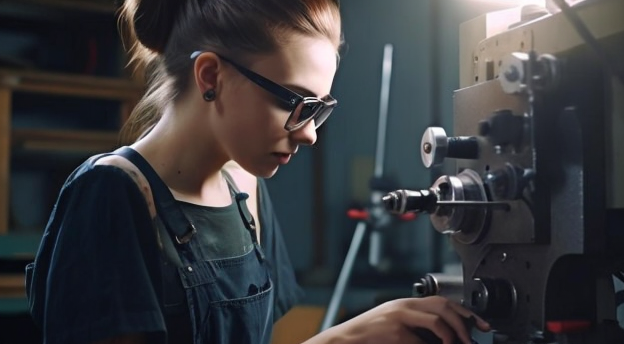The Synergy of Sheet Metal Fabrication and Modern CAD/CAM Technology+ View more
Advantages of the Combined Approach
One of the primary advantages of this synergy is the ability to swiftly transition from conceptual design to final product. CAD software enables designers to visualize and manipulate their creations in a virtual 3D space, refining and perfecting each aspect before manufacturing begins. This reduces the likelihood of errors and allows for the exploration of a broader range of design possibilities. Additionally, CAM software streamlines the production process by translating these digital designs into precise instructions for cutting tools and mold-making machinery. This precise control over the manufacturing process yields high-quality products with remarkable consistency.
Innovation and Future Development
Looking towards the future, the realm of sheet metal fabrication is ripe with potential for further innovation. The integration of Artificial Intelligence (AI) and Machine Learning (ML) with CAD/CAM software is poised to create smarter systems that can predict material behavior, optimize cutting paths, and even suggest design modifications for improved efficiency and cost-effectiveness. Moreover, advancements in 3D printing technology are set to complement traditional fabrication methods, allowing for the creation of components that were previously impossible to manufacture using conventional techniques. This could open up new avenues in design complexity and material utilization, pushing the boundaries of what can be achieved in sheet metal fabrication.
The Implications for the Industry
The collaborative force of CAD/CAM technology and sheet metal fabrication is not only transforming the manufacturing landscape but also setting a new benchmark for the industry. It promotes a more agile manufacturing environment, where the time from design to production is significantly reduced. Furthermore, it enhances the ability of companies to offer personalized products, which is becoming increasingly important in a market that values uniqueness. As this technology continues to evolve, it will undoubtedly lead to more sustainable and innovative manufacturing practices, ensuring that the industry remains at the forefront of modern manufacturing solutions.

